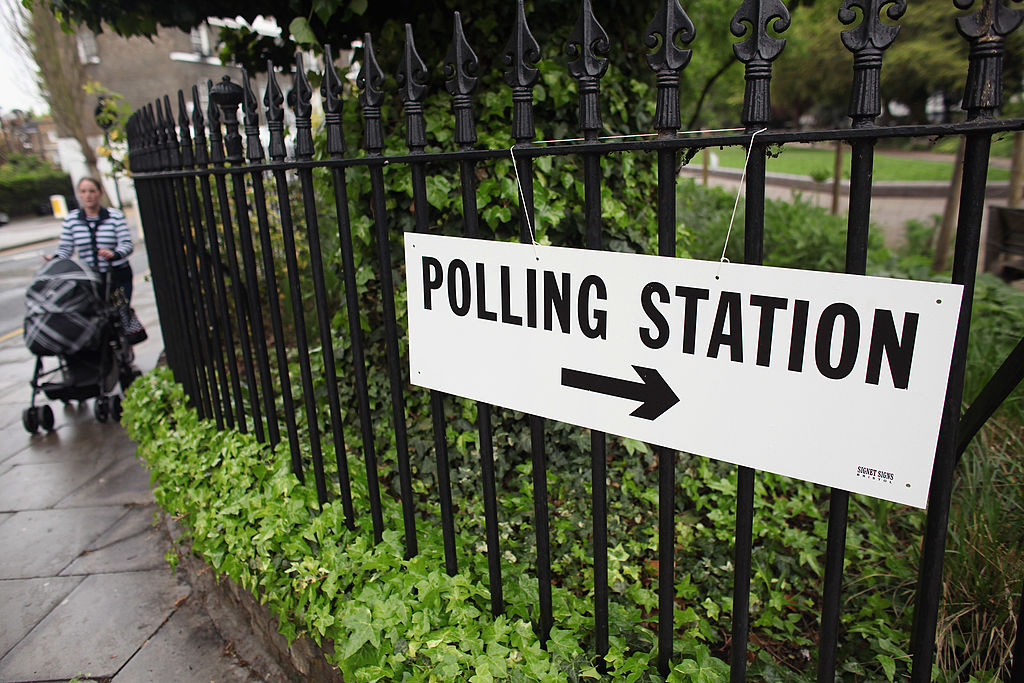It’s local election week which means all parties are engaged in the great game of expectation management. Just over 8,000 seats in 230 unitary, metropolitan and district councils are up for grabs this time, with seven in ten voters in England able to cast their votes on Thursday. The last time these seats were contested was May 2019 – when Labour and the Tories both did poorly, polling just 28 per cent each. Jeremy Corbyn actually lost dozens of seats, becoming the least successful Opposition leader in 40 years. Theresa May was forced to quit three weeks later, having shed 1,300 councillors.
This time, the picture looks similarly bleak for the Tories – but much better for Labour. Under Keir Starmer, Labour have led in the polls for more than 500 days, with an Opinium survey for the Observer this weekend giving the party a commanding lead of 18-points. It suggested that roughly one in five Conservative voters in 2019 have switched their vote to Labour. In last year’s locals, Keir Starmer beat Boris Johnson by five per cent – a similar performance this time would suggest gains of around 400 seats.
Given the Tory chaos of the past 12 months, matching this seems a certainty, with many in Labour expecting the party to surpass it. Experts Colin Rallings and Michael Thrasher have suggested a figure of 700 gains instead as much more reflective of the current state of the polls. This would be the party’s best results in more than a decade and would likely lay to rest some recent jitters about Rishi Sunak making inroads into Labour’s longtime lead.
For the Tories, it’s a question of damage limitation. Rallings and Thrasher have been tipping losses of 1,000 seats since mid-March, though there has since been a slight uptick in the Conservative fortunes. Party chairman Greg Hands has played down expectations and highlighted the 1,000 seat figure in past interviews. Losses in ‘just’ 750 wards would be presented as the Tories doing better than expected and spun as Sunak making the next election competitive again. In terms of managing expectations, the real worry for the Conservatives is perhaps not so much the threat from Labour – as potent as that is – but whether it coincides with a renewal for the Liberal Democrats.
For much of the past decade, Ed Davey’s party has flattered to deceive, delivering bloody noses at by-elections but failing to really challenge the Tory hegemony in the south. If they make northward of 150 gains in so-called ‘Blue Wall’ areas like Wokingham and Windsor, it points to a big Conservative defeat in 2024. Sir John Curtice has noted how the British electorate is now ‘increasingly sophisticated’ in using tactical voting to defeat Tory candidates: Thursday night offers an invaluable chance to test that trend.
And it’s that question of vote distribution which will dominate in the days after polls closed. Polling by YouGov/Sky points to Labour taking back much of the Red Wall territory ceded during the Brexit years in places like Dudley, Darlington, Hyndburn and North East Lincolnshire. More difficult will be bellwether areas such as Plymouth, Dartford and Swindon – where Keir Starmer launched his party’s campaign – that have traditionally voted for the winner in general elections. These are the kinds of areas won by Tony Blair in the 1990s before turning blue 15 years later.
Labour knows that it’s not enough to pile up super-majorities in the cities: good vote distribution will be key too. That’s why this week’s contests are being viewed as a ‘dry run’ within Labour HQ to see where resources ought to be allocated in the general election next year.







Comments